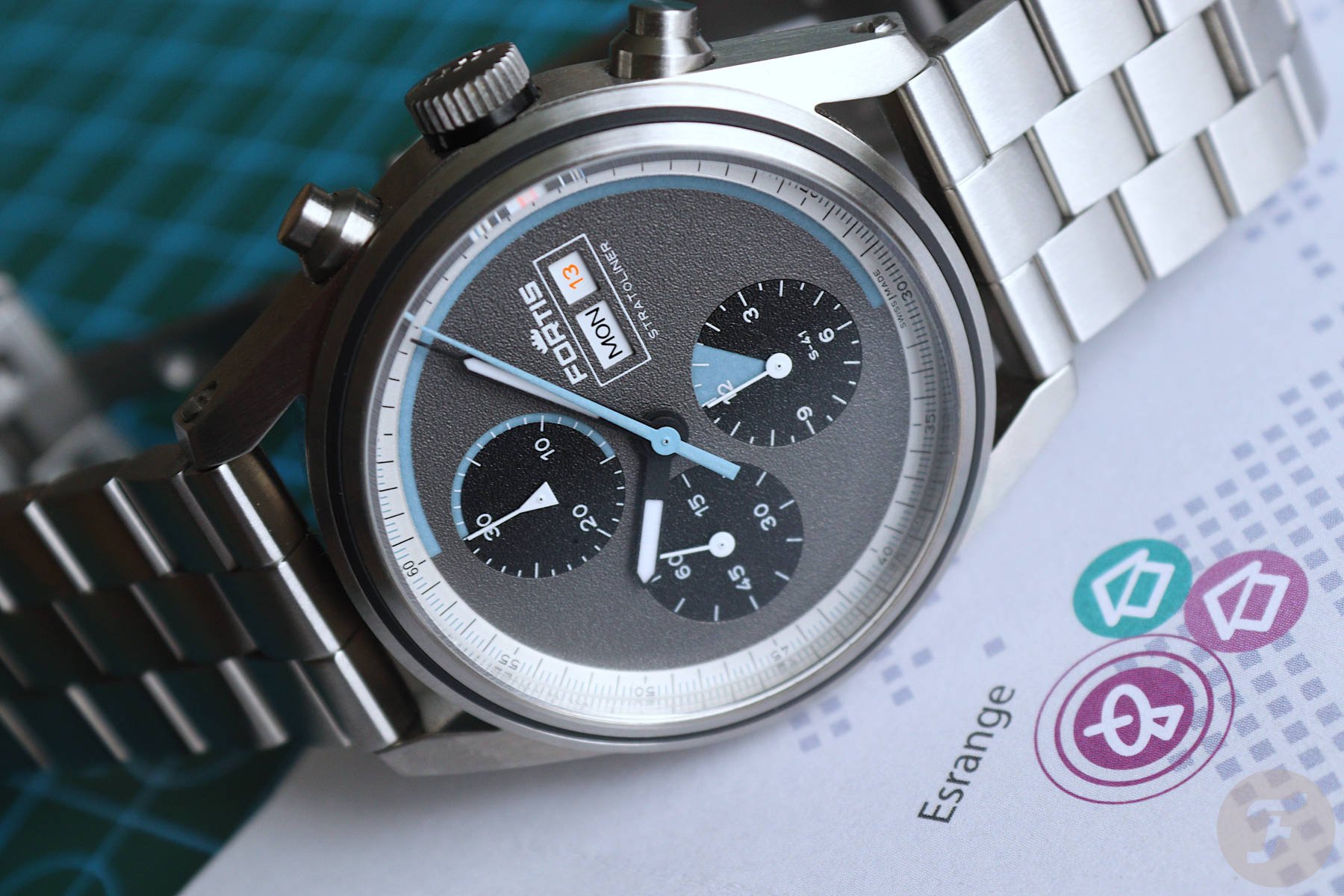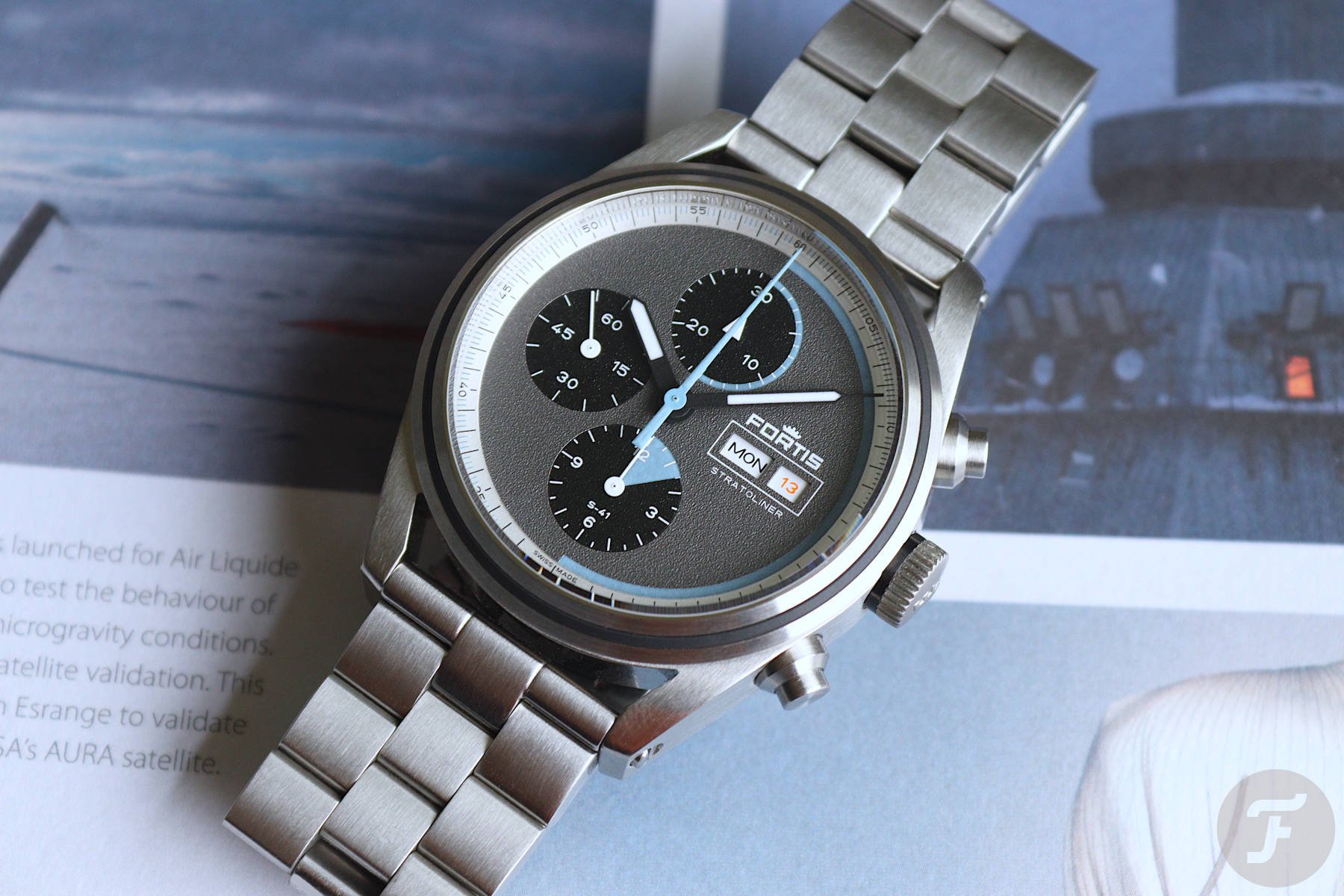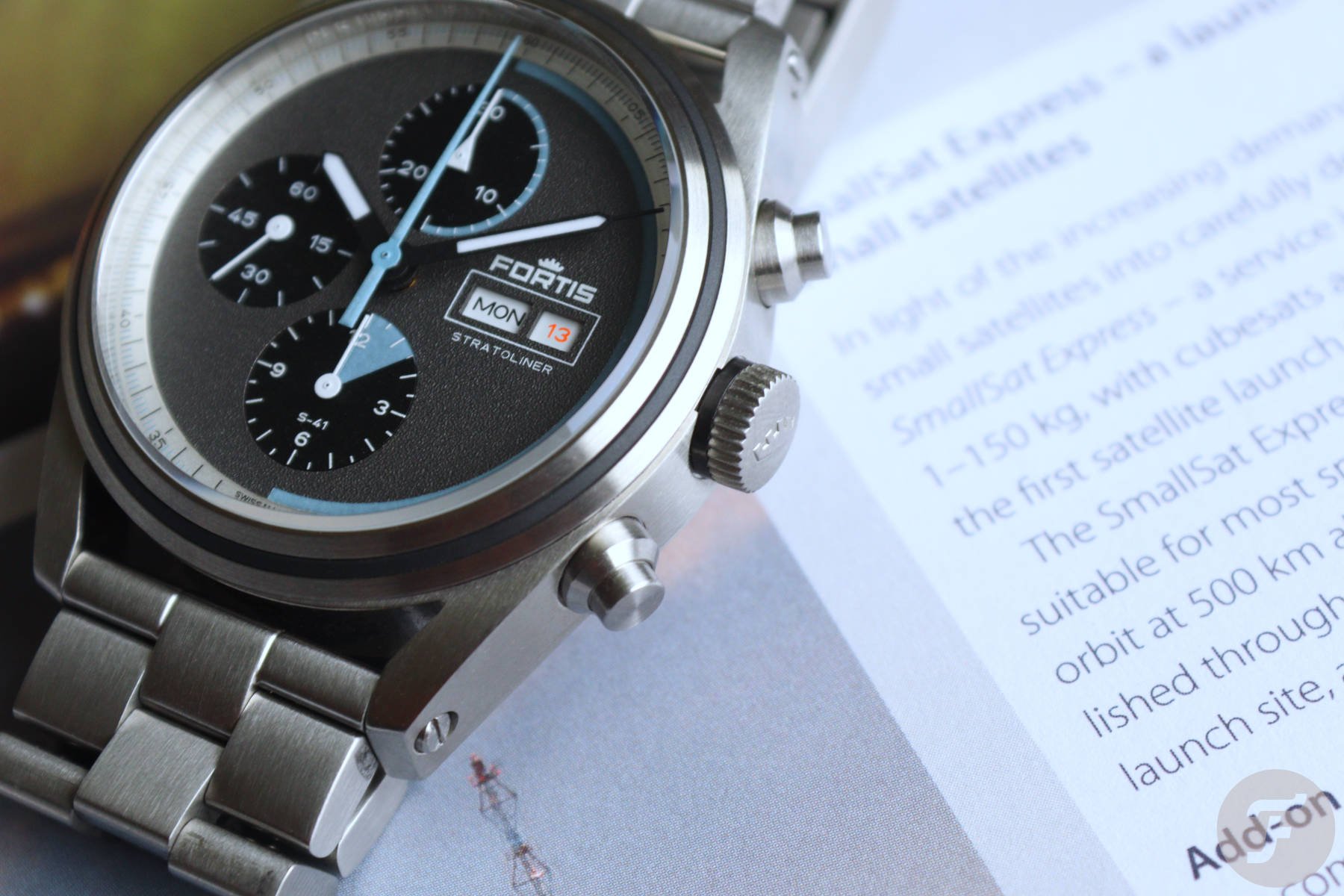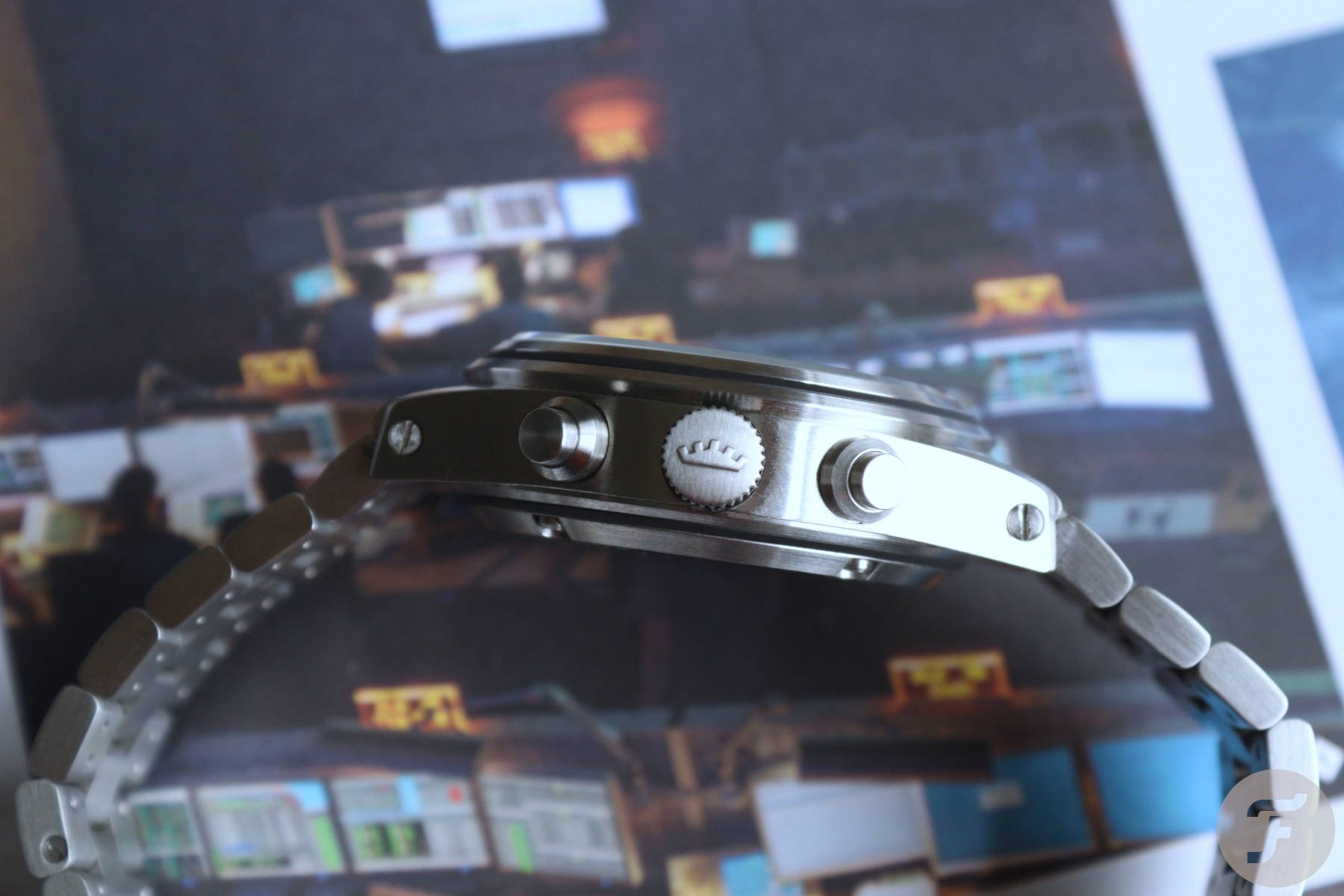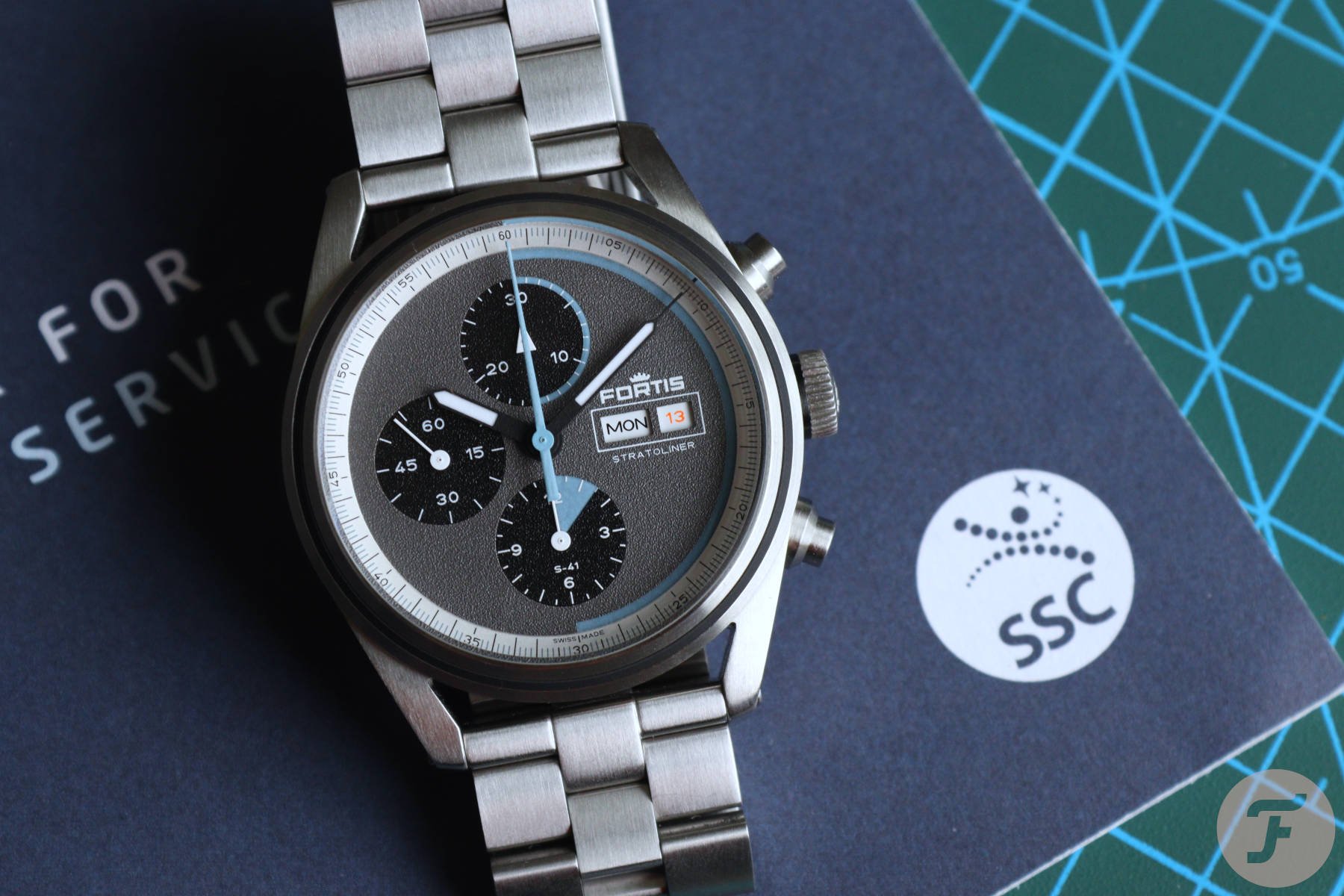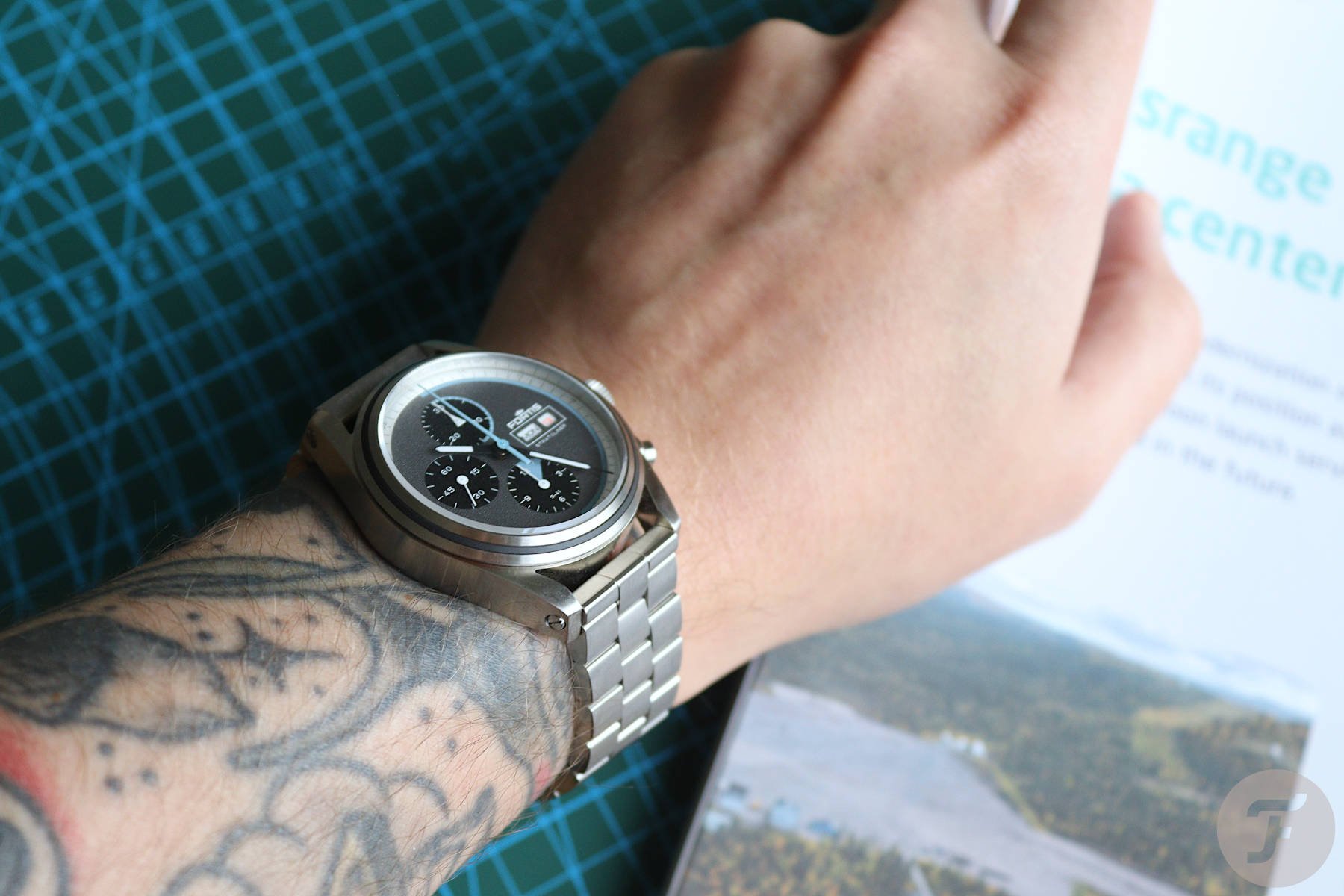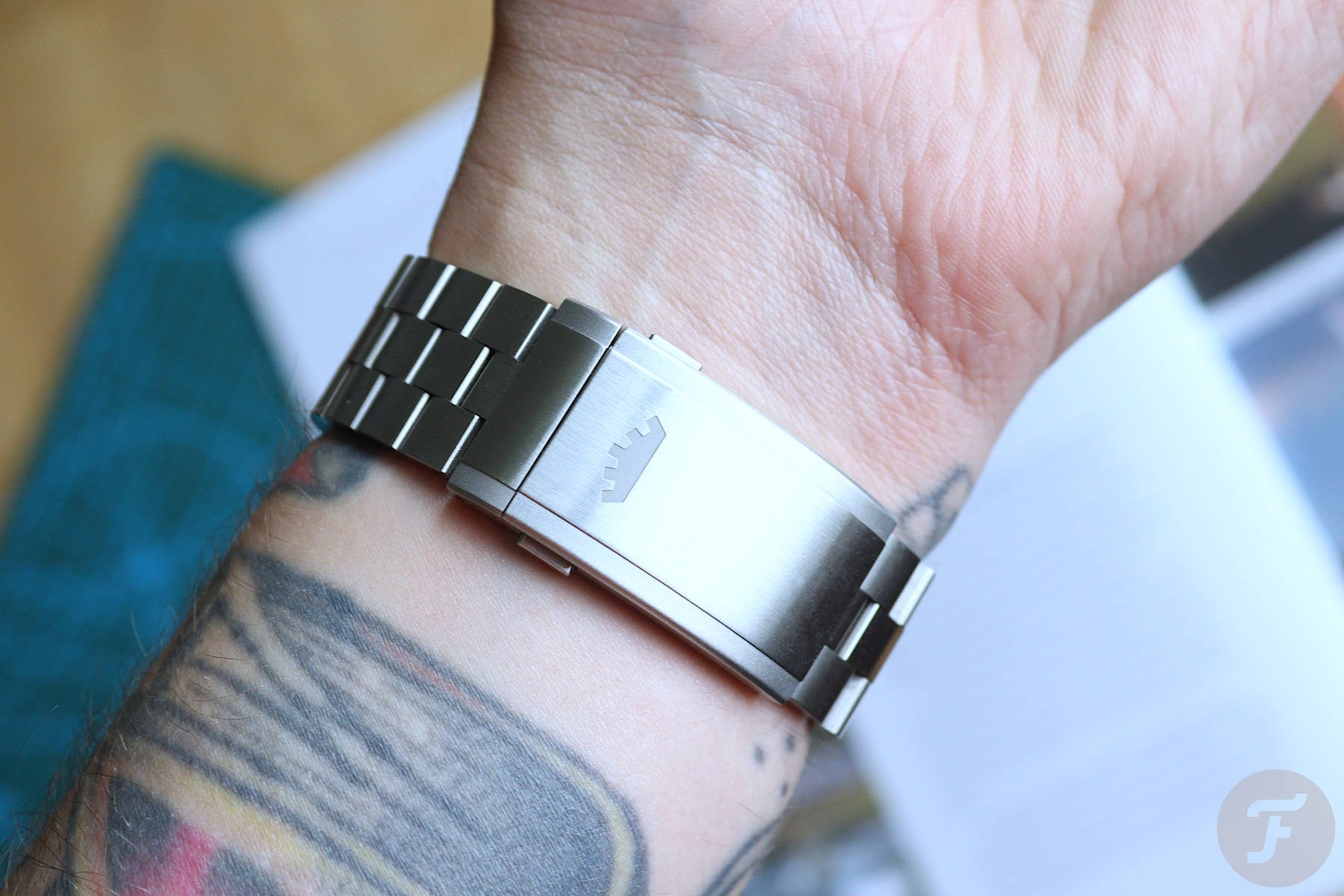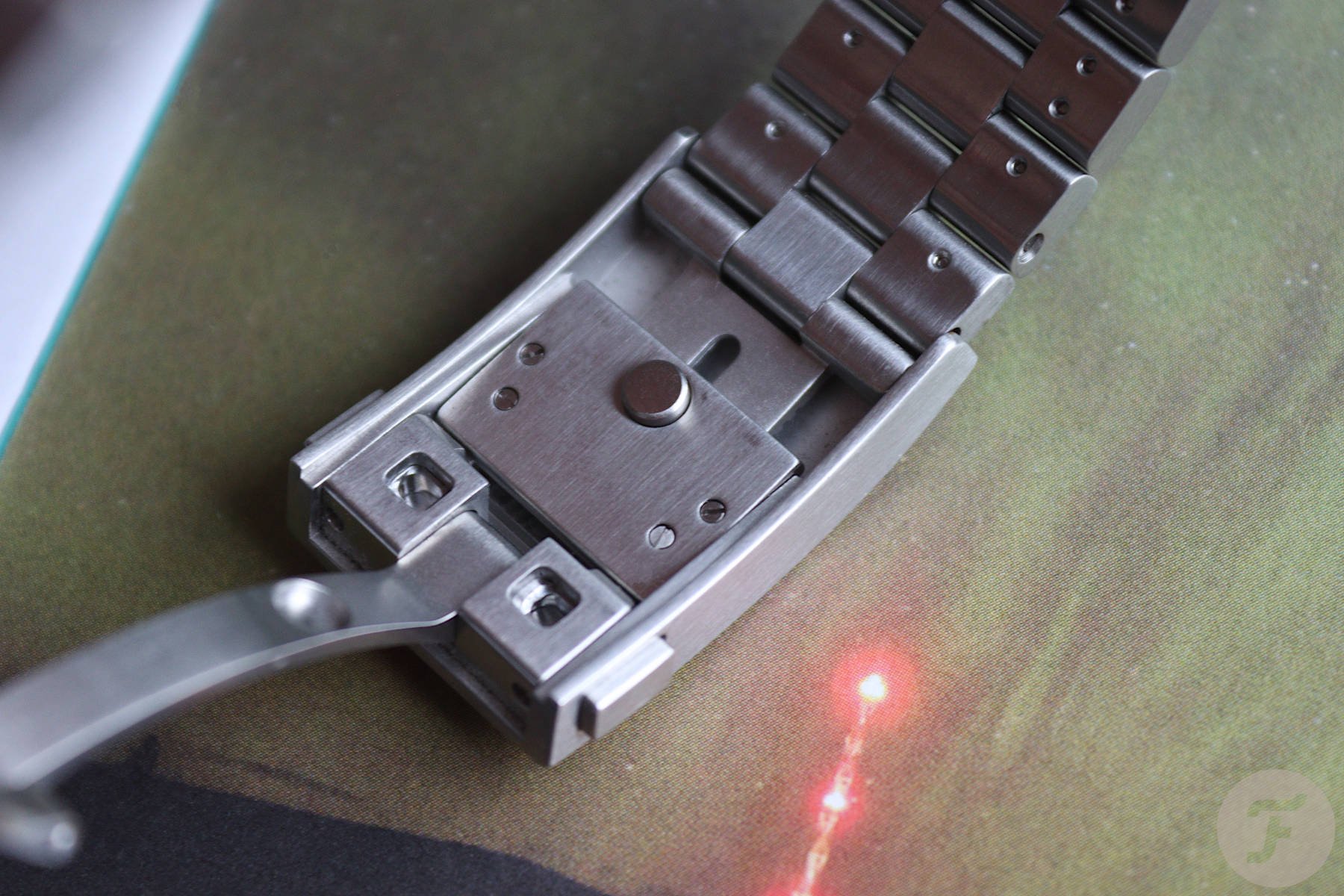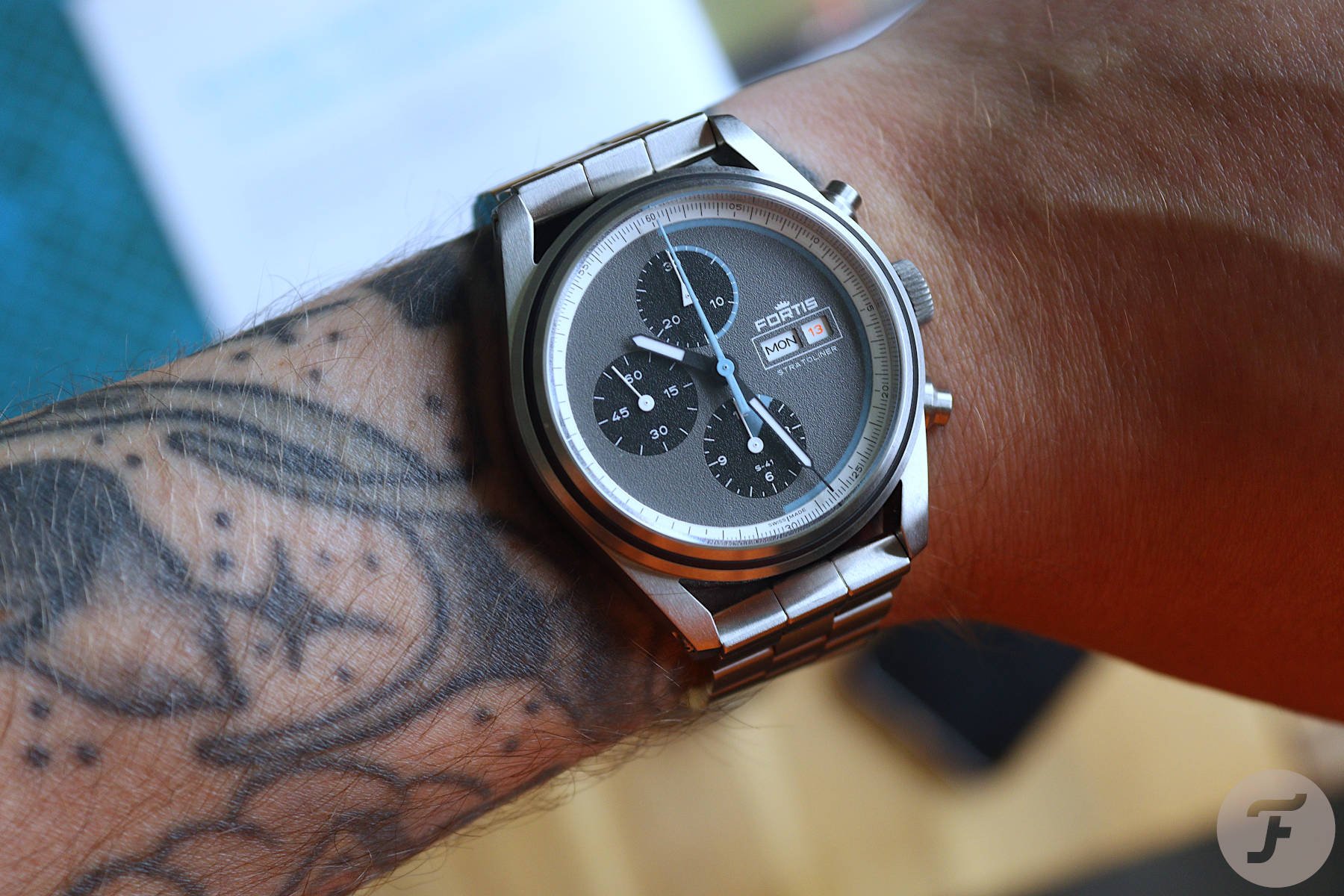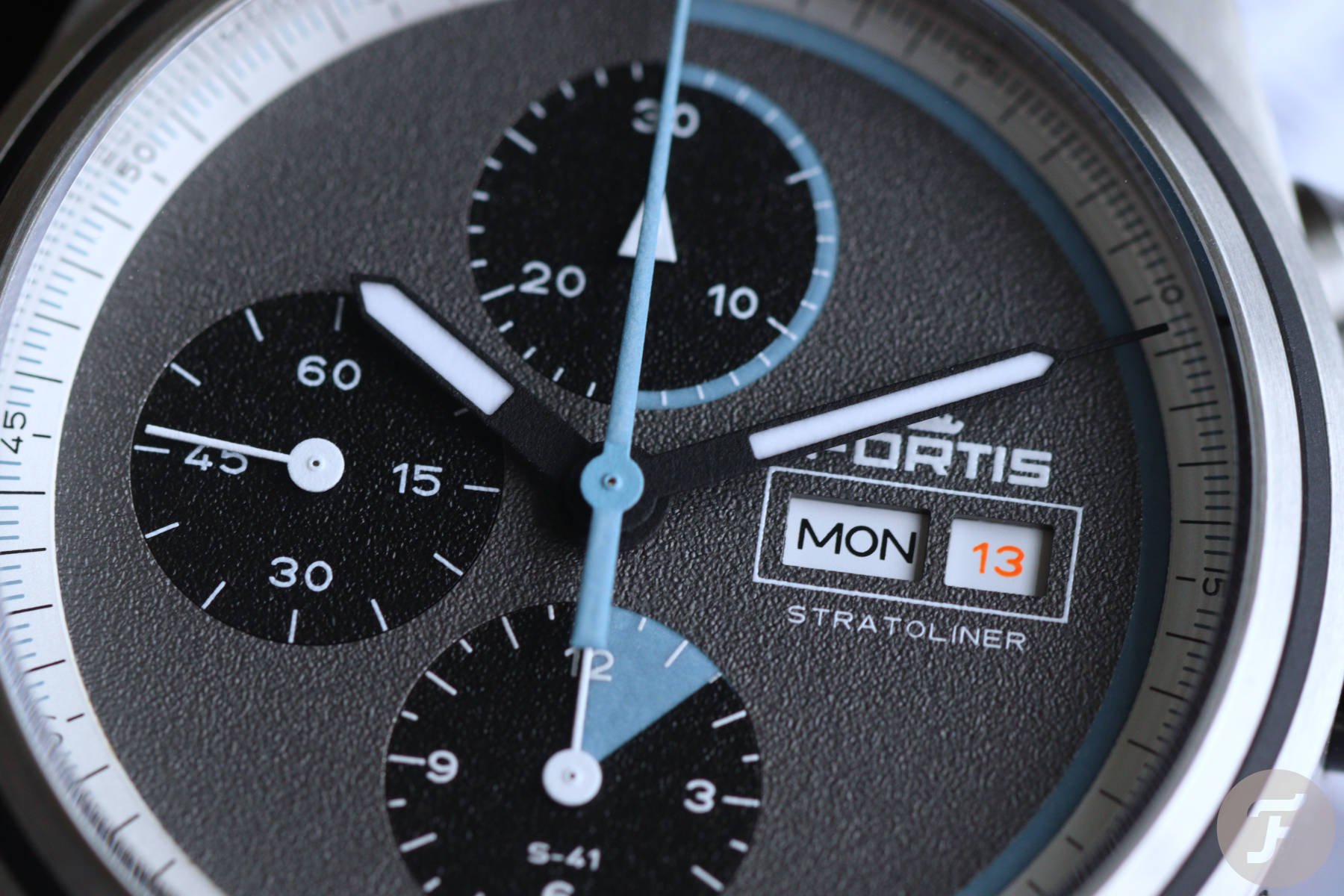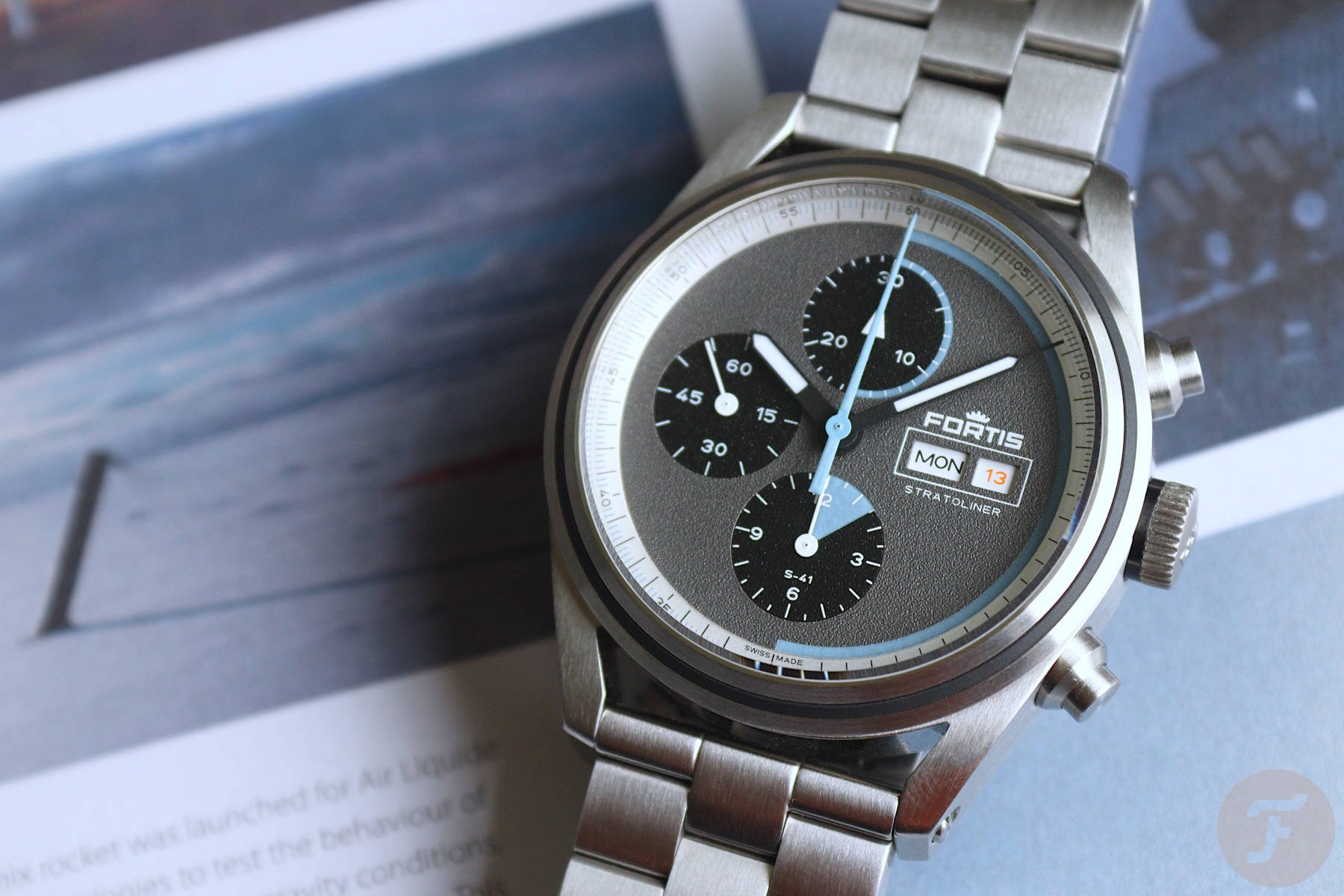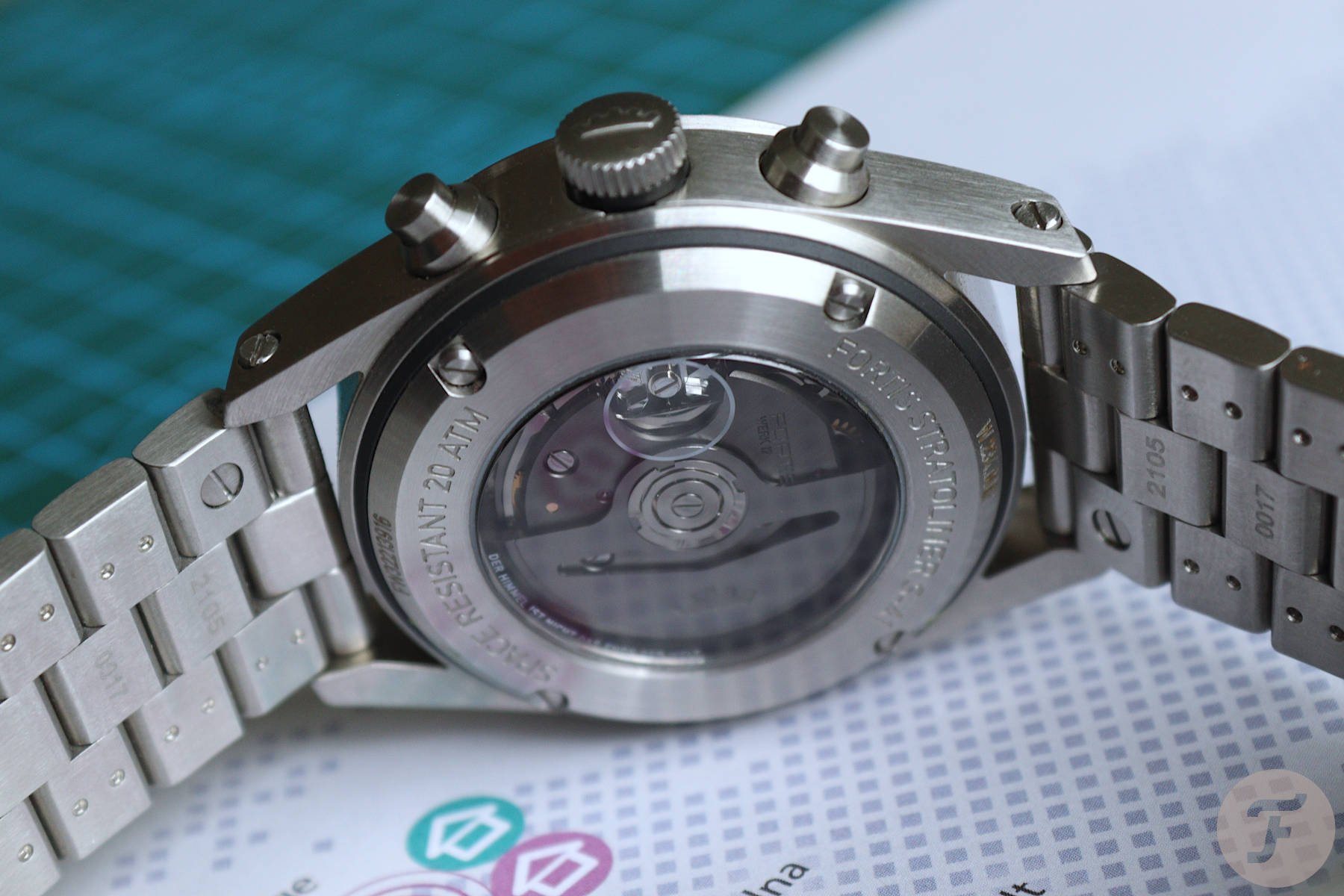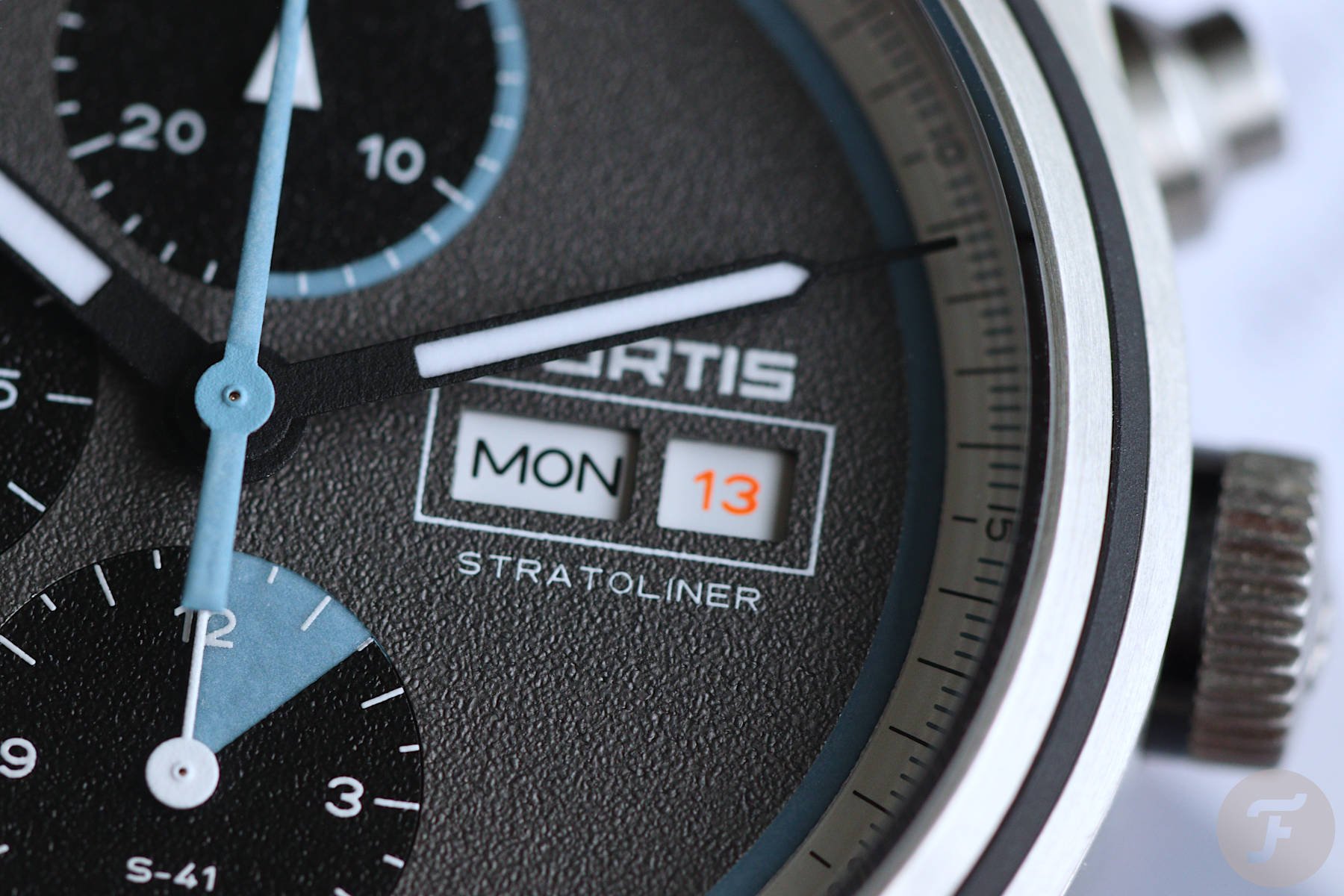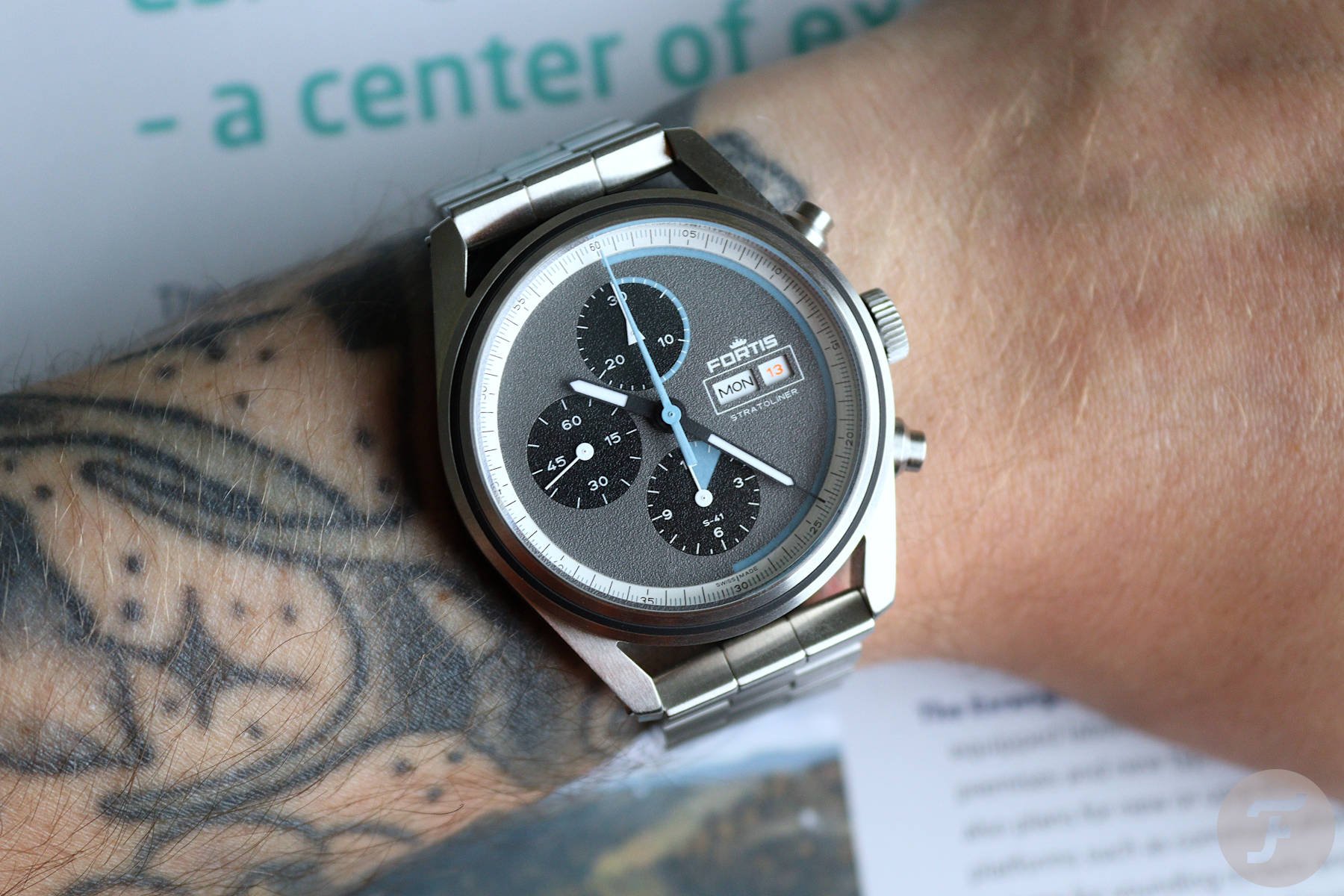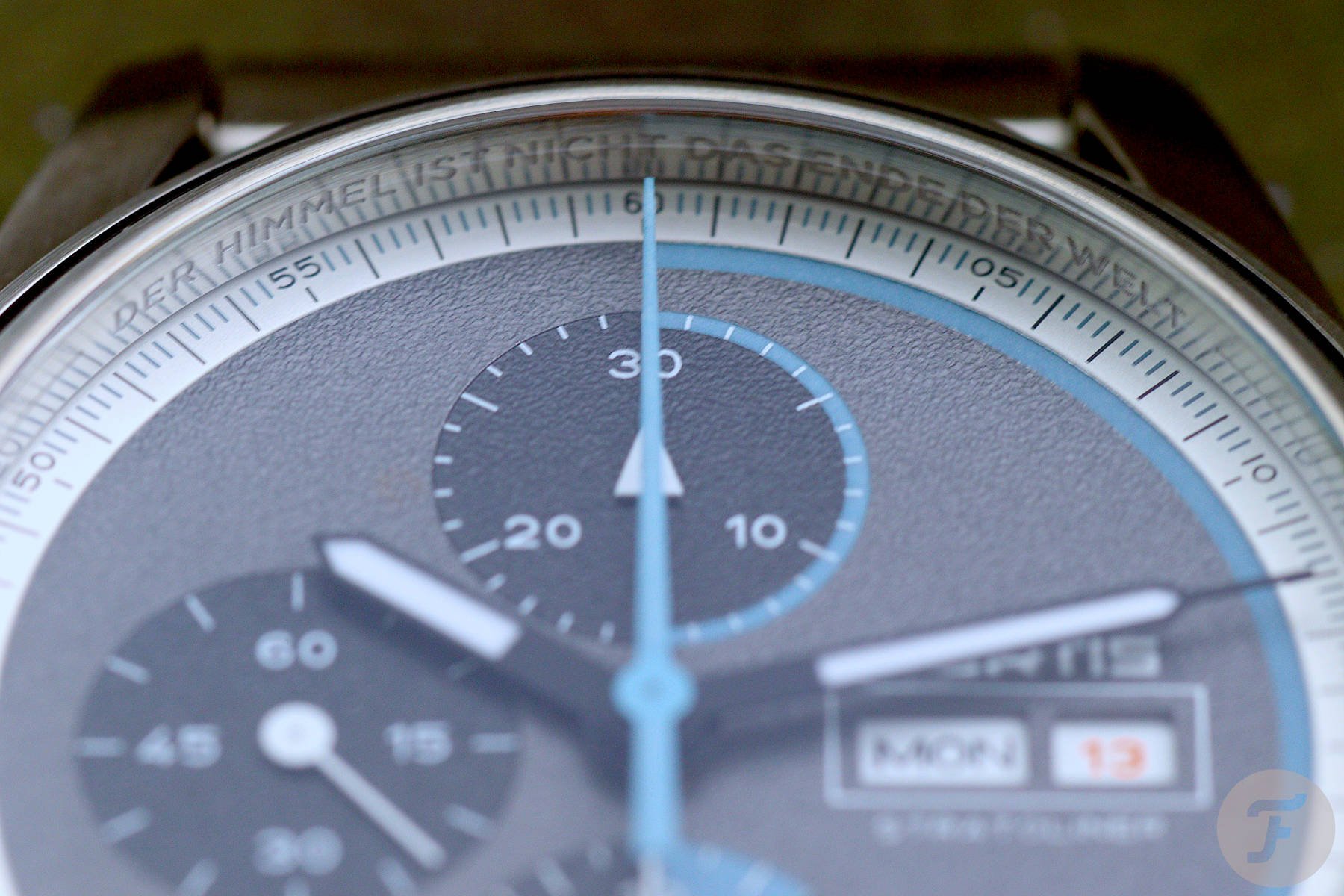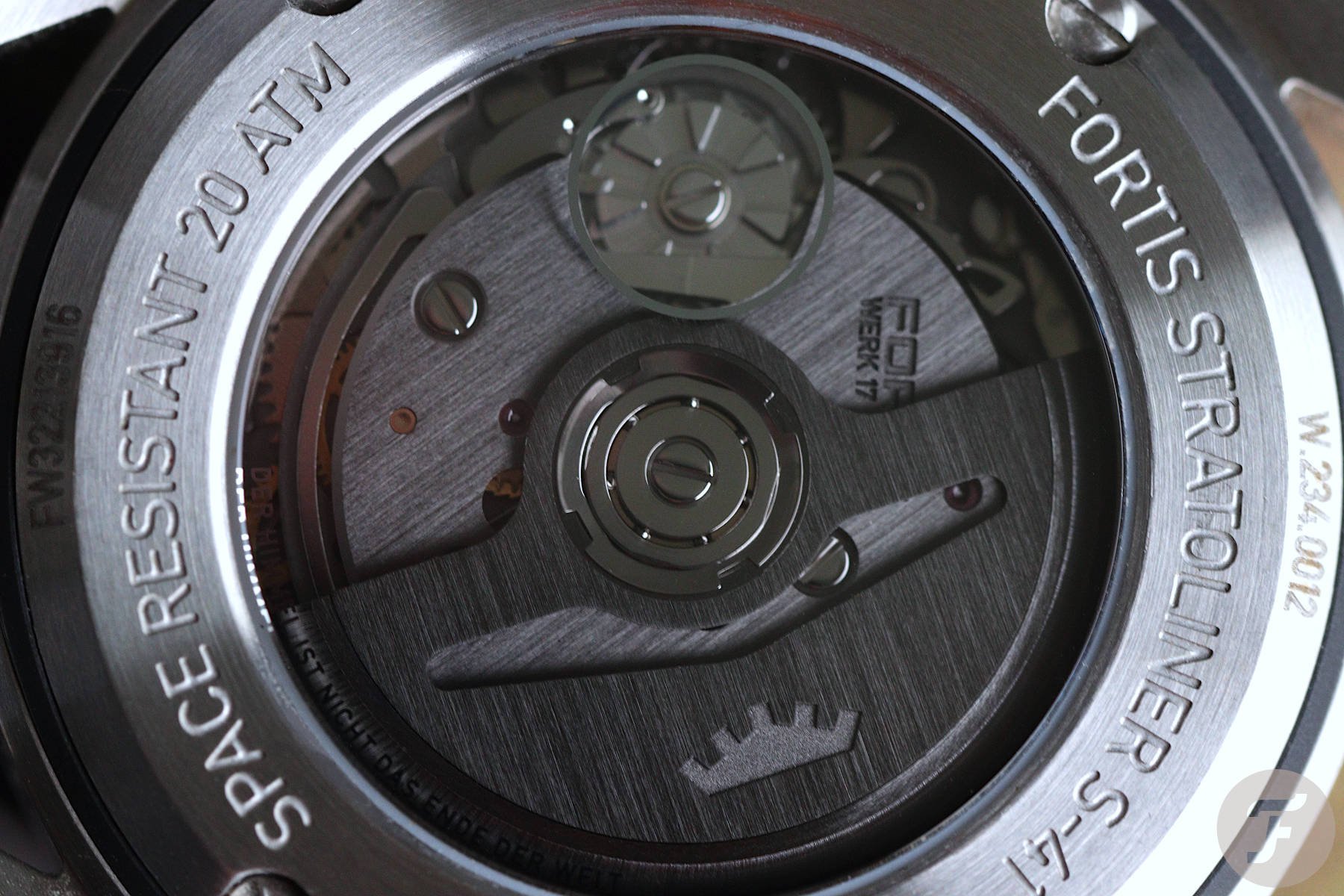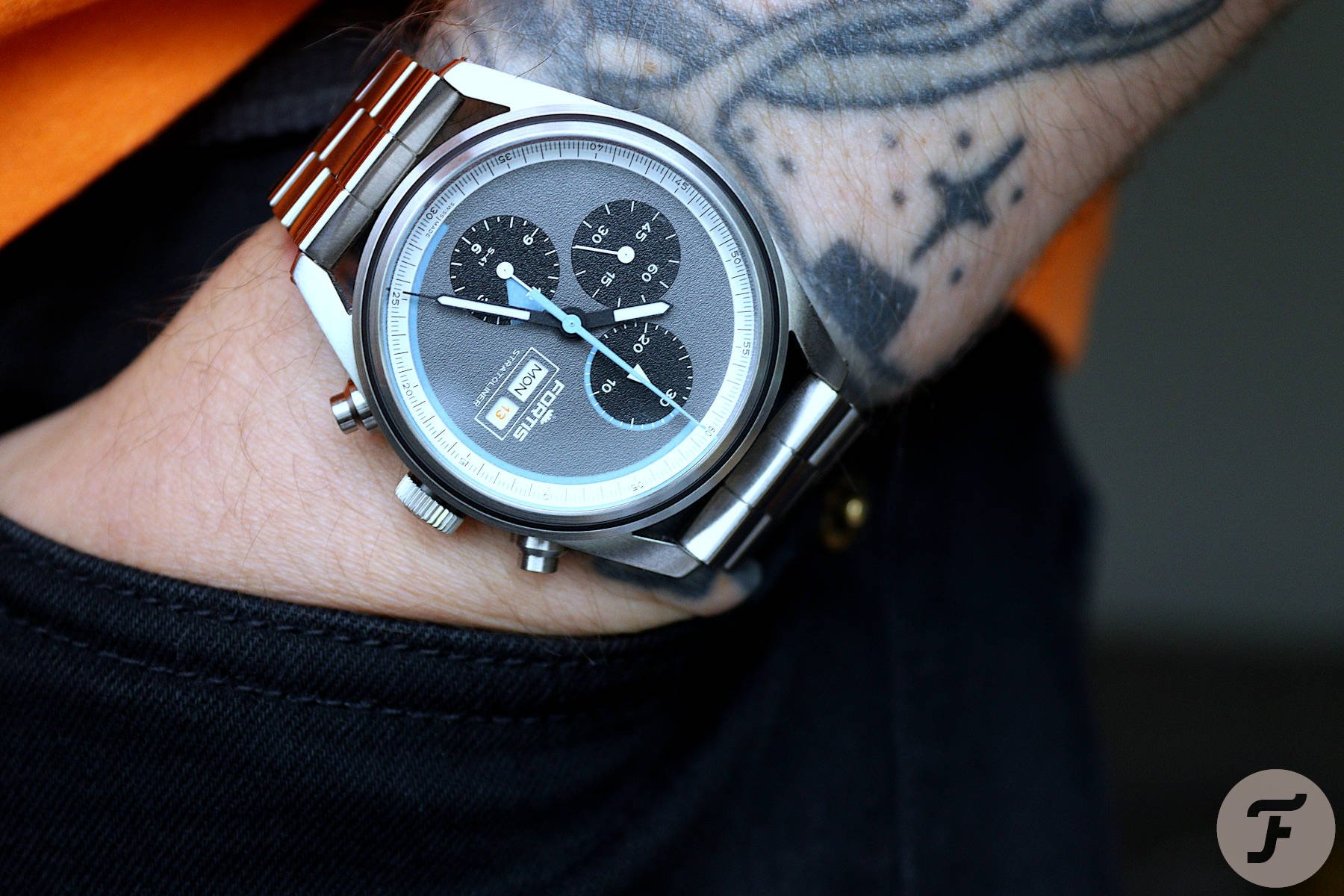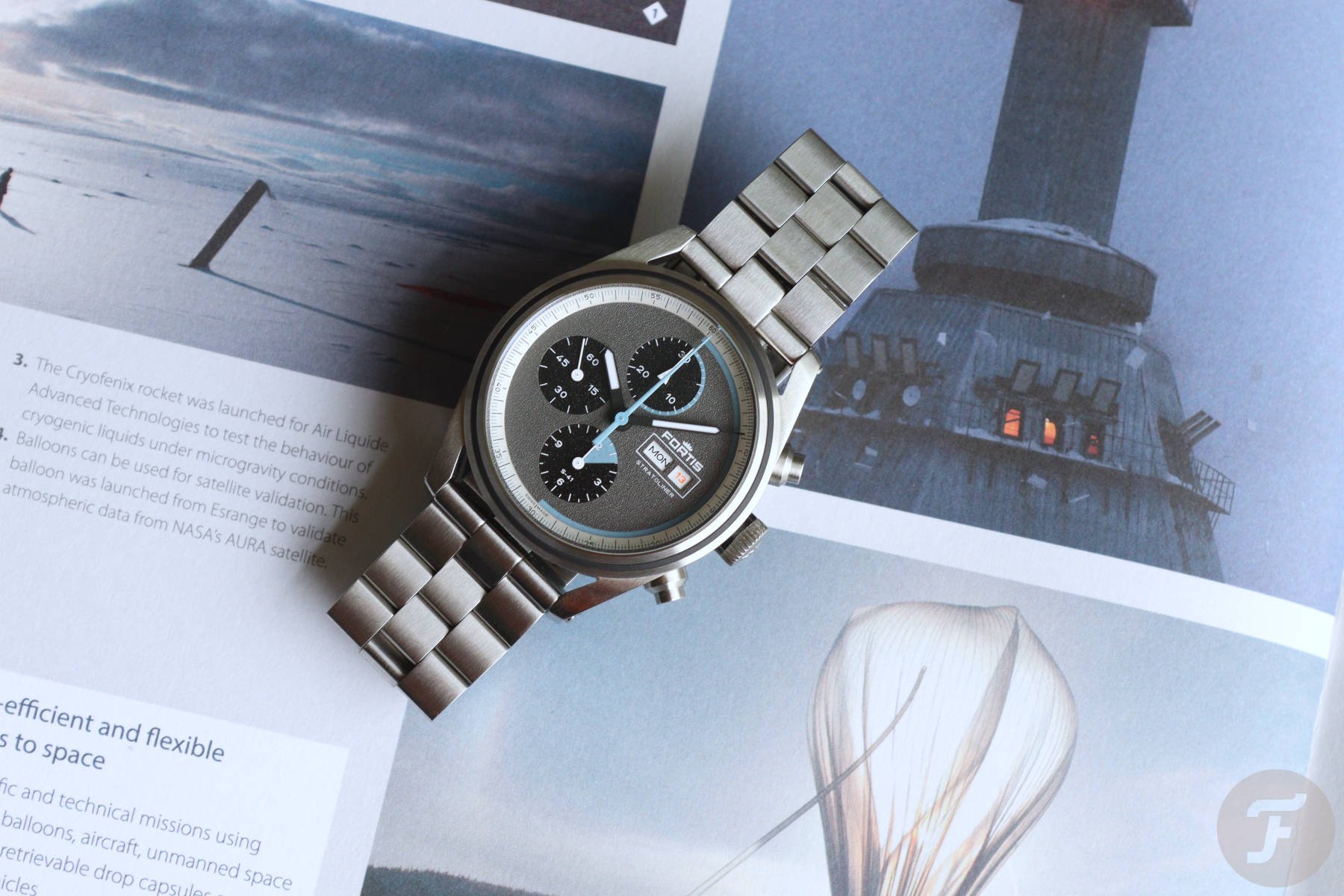Hands-On With The New Fortis Stratoliner: A Watch Designed And Tested For Space Travelers
I’m not sure about the idea of brand taglines. They’re often cheesy, marketing-driven nonsense with very little substance of meaning, let alone truth. However, Fortis’s “Tool Watches. Redefined” tagline is possibly the only one I’ll let slide. Why? Because lately, every single release redefines my conception of what a tool watch can and should be. The new Fortis Stratoliner is no exception to that. Designed with space travel in mind, this watch does more than simply pay lip service.
I remember the first time I saw the initial renders of the Stratoliner design. We were sitting in Kiruna Airport, crowded around Fortis CEO Jupp Philipp’s laptop. The fact that Rob and I were involved in the development and testing of the WERK 17 movement when we accompanied the Fortis team to the Swedish Space Centre in November of last year didn’t bias my opinion. Yes, it was a very cool thing to be a part of, but I’m not able to feign a liking for something I actively dislike. That wasn’t the case here. The only issue was trying to decide which model I liked the best. Would it be the darker Cosmic Gray? How about the lighter, Cool Gray? What about the stark White Dust version? Decisions, decisions.
It shall be mine…
I knew I had to add one of these watches to my collection. This was partly because of having been there with the team in Sweden. It was also partly because of just how cool the watches looked. My adoration was confirmed in March of this year when I visited Fortis HQ and first saw them in the metal. I was still undecided on which dial I wanted to go for. I was considering the White Dust because it was the closest to the test models that went up on the Stratospheric balloon. However, Pascal, one of the marketing team at Fortis, suggested Cosmic Gray because it complemented my tattoos. I’m not usually one to think about matching my watch to my tattoos, but I had to agree with him. Cosmic Gray it was!
The Stratoliner is Fortis’s latest take on what the tool watch can be
While the Stratoliner name may not be wholly new, the Stratoliner case certainly is. Fans of the brand may recall that Fortis initially launched the Stratoliner collection sometime in the ’80s. While the brand refreshed the collection in 2005 and 2016, we now see its full potential. I’ll be honest, the older Stratoliner models don’t do much for me. That’s fine, though, as Fortis is a brand that’s always moving forward. Since Jupp took over the brand in 2018, we’ve seen an excellent focus on direction and identity. In turn, Fortis has released a slew of excellent watches — look at the Marinemaster, for example.
The Stratoliner’s recycled stainless steel case measures 41mm in diameter. So far, so good, right? Well, let me add a disclaimer regarding the following few numbers. Don’t be alarmed! The lug-to-lug distance is 50mm, and the watch is 15mm thick. OK, they’re not humungous, but they’re not small numbers. While they’re probably enough to put some people off, hear me out. I’m not usually a fan of large watches. I don’t have the girthiest of wrists, so big watches look ridiculous on me. That said, the Stratoliner looks pretty damn awesome on my wrist, and it got me thinking. In regards to the thickness, the visual impact of a watch’s depth can be offset and hidden by a combination of case design and other measurements.
On the wrist, numbers mean nothing
So, starting with the diameter, 41mm is a good size for me. My Grand Seiko is 41mm, and I love how that wears on my wrist. Next, the notched lugs are somewhat delicate, so visually, they’re not the chunky behemoths you might expect. Viewed from above, they’re actually quite slim. The block bracelet is a straight-end affair, and that helps the bracelet to sit perfectly on pretty much any wrist. The lack of regular fitted end links allows the bracelet a greater range of articulation at the point of affixation. This means that the watch sits just right and more ergonomically than the individual measurements suggest. I must also mention how excellent the quick-adjusting clasp is. In warmer weather, this is a godsend. Right now, it’s seeing plenty of use!
Speaking of the bracelet, I definitely recommend you choose this option. The leather straps are nice, but the Stratoliner sings on the recycled-steel Block Bracelet. It’s only €350 more to choose the bracelet too, which represents a bit of a bargain, in my opinion. If you want to add the Block Bracelet later, it’ll set you back €475. RJ once told me that you should always go for the bracelet option when purchasing the watch if there is one. He’s right; it’ll save you money in the long run. Straps are much cheaper to add at a later date.
The mystery of the Stratoliner’s dial
The dial is my favorite part of the watch. That makes sense, as it’s usually the first thing we notice when looking at a watch. The interesting thing about the Stratoliner dial is that I didn’t know why I liked it so much at first. From the moment I saw the renders on Jupp’s laptop, something appealed to me. The simplistic complexity of the dial layout was alluring, but there was one thing I couldn’t put my finger on. It wasn’t until I saw the watch in hand that I realized it was the lack of hour markers.
In removing the traditional hour markers, Fortis allowed the dial to breathe in an oddly refreshing way. The silvery/white minute track at the dial’s edge has five-minute indications that can allow the wearer to pinpoint the hour marks quickly. I wondered if I would miss the hour markers when wearing the watch, but my fears were quickly allayed. I realized that I did not need them, as I could easily tell the time at a glance from the hand positions alone.
Flat-out legibility
The rest of the dial is nicely laid out. The dial is very flat without any real depth, but for a tool watch, that’s fine. A raised minute track or sunken sub-dials are not necessary. Would they be nice? Maybe. But I don’t find myself missing them or wishing they were there. The majority of the dial is a dark shade of gray. The printed sub-dials are black, with slim white printed text and markers. At 3 o’clock sits a day/date window, with a white printed border and Fortis logo. I rather like that the number 13 is printed in Fortis’ signature Berlac Fluor orange — a nice little easter egg. The Stratoliner wording underneath is subtle and well sized. The whole dial features a slightly rough texture which helps reduce any unwanted reflections or glare. That’s a useless feature when legibility in all conditions is key!
The chronograph sub-dials at 12 o’clock and 6 o’clock feature some interesting blue lumed sections. The 30-minute counter features a slim line of blue lume at the edge of the first 15-minutes. The 12-hour sub-dial features a wedge of blue lume on the first 1.5 hours. Additionally, the main dial has a slim line of lume at the edge of the first 30 minutes. If you’re wondering what they mean, they’re a reference to the different phases of Virgin Galactic’s stratospheric flight:
- The climb phase (up to 1.5 hours)
- The boost phase (up to 90 seconds)
- The time in zero gravity (up to 15 minutes)
The hour, minute, and central seconds hands are lumed, but the sub-dial hands are not.
Welcome WERK 17
Fortis’s new WERK 17 caliber powers the Stratoliner. Turning the watch over allows the wearer to see the new movement through the smoked sapphire display case back. A small non-smoked circle highlights the column wheel in the movement made by La Joux-Perret (LJP). Fortis had LJP design a custom traversing bridge to increase the robustness and add extra shock protection to the movement. Fortis called it “space proof”, and while we can’t yet confirm that claim, the movements survived a fall from the stratosphere in November. That’s a drop of around 30km, but I’m not sure the speed of the rapidly descending balloon they were attached to. Aside from this, the 60-hour power reserve is a nice feature, too.
Ain’t no worrying about this watch
On the wrist, the Fortis Stratoliner is a pleasure. It’s not the smallest or lightest watch in my collection, but it’s an incredibly well-engineered tool that performs admirably. While it may look a little slab-like from the side, the watch is surprisingly ergonomic on the wrist. I think it’s fair to say that when on the wrist, the watch lives up to my initial excitement from seeing the renders. Since the day it arrived, it’s been a near mainstay on my wrist. I enjoy wearing a watch that I don’t have to worry about knocking around. If this watch knocks into a door handle or a brick wall, it’s not the watch I’m worried about.
Fortis Stratoliner price and availability
The Fortis Stratoliner is available now, and you can get one or find out more information on the official Fortis website. A fourth colorway, “Blue Japan”, is coming in mid-July. Prices start from €4,950 on the leather Aviator Strap, rising to €5,300 on the Block Bracelet.
Follow me on Instagram: @davesergeant | @fratellowatches

